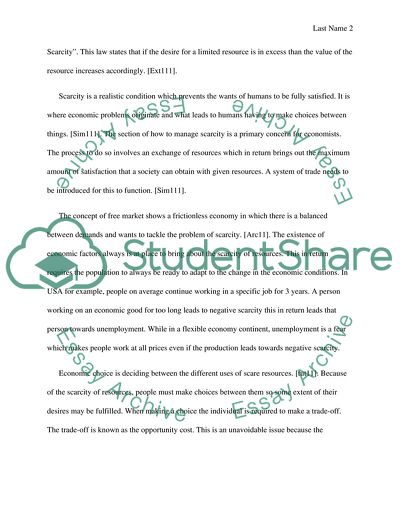Cite this document
(Scarcity, Choice and Opportunity Costs Term Paper, n.d.)
Scarcity, Choice and Opportunity Costs Term Paper. Retrieved from https://studentshare.org/macro-microeconomics/1759594-there-are-so-many-topics-to-chose-i-will-attach-them-so-get-the-idea
Scarcity, Choice and Opportunity Costs Term Paper. Retrieved from https://studentshare.org/macro-microeconomics/1759594-there-are-so-many-topics-to-chose-i-will-attach-them-so-get-the-idea
(Scarcity, Choice and Opportunity Costs Term Paper)
Scarcity, Choice and Opportunity Costs Term Paper. https://studentshare.org/macro-microeconomics/1759594-there-are-so-many-topics-to-chose-i-will-attach-them-so-get-the-idea.
Scarcity, Choice and Opportunity Costs Term Paper. https://studentshare.org/macro-microeconomics/1759594-there-are-so-many-topics-to-chose-i-will-attach-them-so-get-the-idea.
“Scarcity, Choice and Opportunity Costs Term Paper”, n.d. https://studentshare.org/macro-microeconomics/1759594-there-are-so-many-topics-to-chose-i-will-attach-them-so-get-the-idea.


